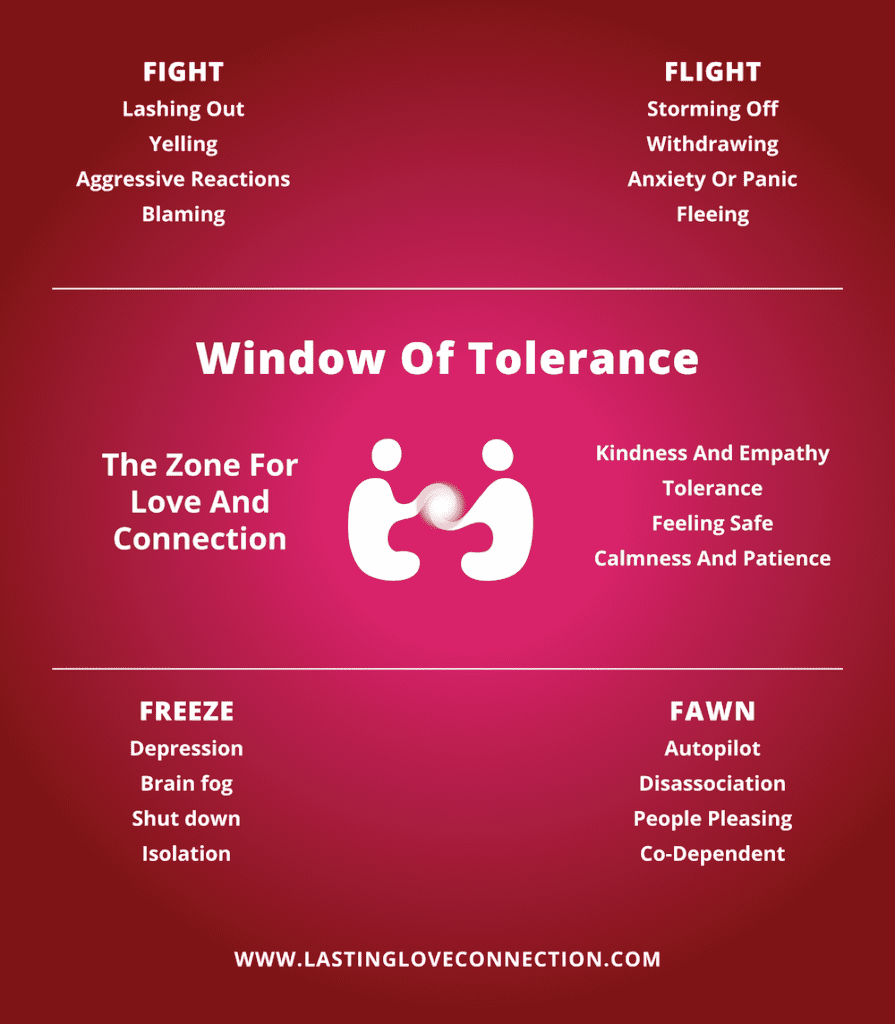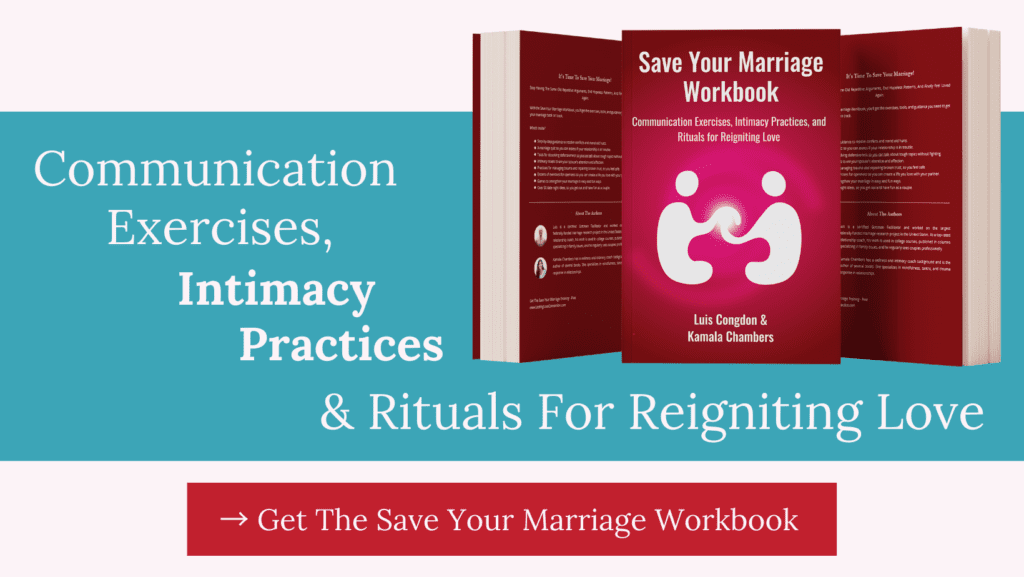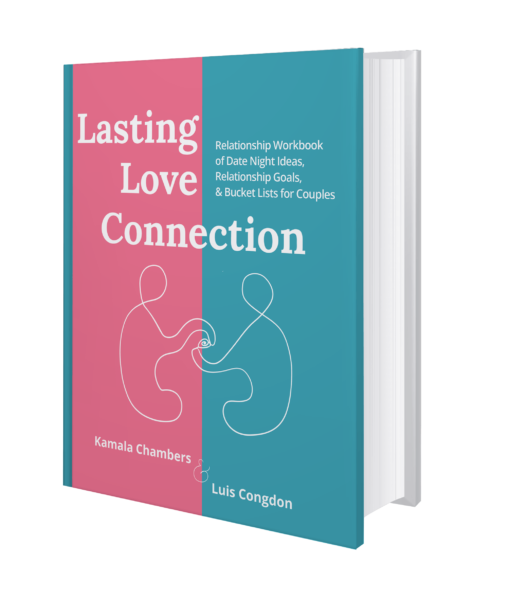You can use this article as a window of tolerance worksheet to create emotional safety in your relationship.
Table of Contents
What is the Window of Tolerance?
By using this Window of Tolerance Worksheet, you can reduce conflict, lovingly communicate, and have a harmonious relationship. All of us have a particular capacity for conflict and difficult situations. The more we push past the threshold of that capacity, the more likely we are to explode, run, fight, or shut down. In relationships, our goal is to reduce negative reactions. To do that, we must honor what is known as the window of tolerance – a concept developed by Dr. Dan Siegel.
The window of tolerance is the comfort zone where you can self-regulate and self-soothe your emotional states. By honoring your threshold, you can better respond to anxiety or stress effectively. In the same vein, you can also meet your partner with less reaction and more love.
In contrast, when you feel triggered and go beyond your tolerance, you lose your ability to respond effectively. Moments where you lash out or say things that you don’t mean are prime examples of being outside of your window of tolerance.
Why is the Window of Tolerance Essential to Your Relationship?
The window of tolerance can help you build a solid and healthy relationship. Since the window of tolerance saves you from entering fight, flight, freeze, or fawn mode, you will be able to respond to every situation from a calm and clear space. This can help you prevent fights, emotionally lash out, or simply hurt your loved one.
Besides that, having the ability to regulate your nervous system and be at your best can help you resolve conflicts. For instance, if you and your partner don’t agree on something, you will stay calm instead of starting a fight.
You can easily communicate your point of view in a way that helps the other person understand. Also, during relationship check-ins, you will be able to listen to your partner without interrupting, accusing, or criticizing them. This will make your partner feel loved so that you can find a solution together.
The Window of Tolerance and the Nervous System
When any danger or anxiety arouses your nervous system, you lose some of your ability to respond effectively. Imagine your heart racing, thoughts are scrambled, and your body is tense. These internal reactions make it almost impossible to respond and give empathy lovingly.
The window of tolerance is the optimal range for your nervous system. Therefore, if you learn to regulate your nervous system, you will maintain your window of tolerance. Furthermore, staying within your window of tolerance will help you respond lovingly in your relationship.
Jumping into Fight, Flight, Freeze, or Fawn

Once you’re beyond the window of tolerance, you go into your survival mode of fight, flight, freeze, or fawn. These are the four primary expressions of survival and defense when feeling attacked or unsafe. However, when you react as though there is a threat to your survival, problems escalate.
When you’re outside of your window of tolerance, you will respond in the same way you do when your nervous system is hijacked.
While looking at the fight, flight freeze handout on the right, consider which of these behaviors you often display during stressful times.
Nervous Systems Responses to Conflict
As shown on the window of tolerance infographic, there are four ways you may respond during conflict.
- Fight: anger, yelling, criticizing, and blaming
- Flight: walking away, storming off, and emotionally withdrawing
- Freeze: self-anger, guilt, shut down completely, stop identifying your feelings
- Fawn: please others to prevent conflict or disembodiment
These modes often escalate conflict and don’t lead to resolution.
How to Stay in the Love Zone
To regulate your nervous system, you can learn to cope with trauma, disagreements, and stress that is causing you to fight, flight, fawn, or freeze. Breathing techniques, mindfulness methods, physical activities, coaching, and challenging your thoughts can help you develop the window of tolerance. These printable window of tolerance worksheets will also give you tools for regulating your nervous system.
Once you learn to stay in your window of tolerance, you can also help your partner. You can start by helping them cope with their trauma and stressors and navigate triggers.
You can even participate in meditation and breathing exercises together. When you recognize your partner is leaving their window of tolerance, you can take a pause and help them feel safe so they can regulate their nervous system.
How to Know You’re in the Window of Tolerance
By being mindful of your own body and emotions, you can start to recognize when you start to shift from calmness to defense.
Mindfulness will allow you to identify your default reactions when you have a disagreement or stressors in your relationship. Complete the following window of tolerance worksheet to gain more perspective into your reactions.
Window of Tolerance Worksheet: How to Recognize When You’re Triggered
Which of these states do you default to when you’re in an argument?
- Inability to say no
- Doing whatever someone else wants
- Feeling hopeless or apathy
- Anger or rage
- Impulsivity
- Intense reactions
- Numbness
- Inability to make decisions
- Emotionless
- Trying to solve the problem but there are no answers
- Feeling like you hate your partner or they hate you
- Shutting down and getting quiet
- Swearing and wanting to verbally lash out
- Feeling emotionally overwhelmed
- Making threats to end the relationship
- Panic attacks
- Anxiety
- Crying a lot
- Defensiveness
- Sweaty hands
- Intrusive imagery
- Stiffening in your shoulders
- Obsessive thoughts or behaviors
- Puffed up chest
- Feeling like you’re about to enter a war
- Cold feet
- Upset stomach or nausea
- Blurred or tunnel vision
- Hypervigilance
- Hypersensitivity to noise, light, or touch
- Doing whatever the other person wants to avoid conflict
- Taking all the blame
- Racing thoughts that lead to nowhere
- Lack of movement
- Tension in your head
- Storming out
- Quickened heart rate
- Faster breathing
- Constricted throat
- Tension in your body
- Clenching your jaw
- Aggressiveness
- Shaking
- Addictions
- Heightened stress levels
- Frozen in place
- Lashing out
- Outbursts
- Yelling
- Desire to flee
- Feeling hopeless
- Frustration
- Disassociation
- Thoughts of wanting to hurt your partner or yourself
- Desire to have your partner feel your pain so you lash out
- Feelings of dread (ex. “Here we go again. We’re doomed.”)
The Secret Formula to Ending Blowups is in Your Own Body
Once you can recognize which defense states you’re most likely to default to, it’ll be easier to recognize when you leave your window of tolerance.
Conflicts do not resolve outside of the window of tolerance.
When you start to recognize that you or your partner are leaving your window or tolerance, pause in order to regain a calm state.
To make this as simple as possible, all you need to do is notice your breath. Your breath and body have all the answers when you are in a zone of love or are moving into a danger zone. When your breath quickens or becomes shallow and your body tenses, you’ve moved out of the window of tolerance and into a place of conflict.
To take this deeper, you can also recognize what caused the trigger so you can be prepared for the next time you have that conversation or activity with your spouse.
To have a loving and emotionally intimate relationship, triggers can’t just be avoided. If you go into situations with your spouse that you know might take you out of your window of tolerance, pay closer attention to how your body is responding and learn to take a pause before things escalate.
What Shrinks Your Window of Tolerance In Relationships?
Use this relationship check-in worksheet to identify your relationship stressors.
Which of these stressors do you experience in your relationship?
- Not enough positive touch
- Overwhelm
- Stress
- Not enough friendships outside of the relationship
- Distrust
- Inability to talk about things without defensiveness
- Lack of safety
- Parenting disagreement
- Name-calling
- Physical or emotional abuse
- Friendships that don’t support the relationship
- Repeated arguments
- Fights about chores
- Conflict around money
- Feeling like you’re not enough
- Frustrations as if you are being managed or nagged
- Hesitation or fear to speak up and share
- Trauma
- Infidelity
- Lying
- Lack of alone time
Ways to Expand Your Window of Tolerance
When there are excessive triggers in your relationship, your ability to tolerate stressors narrows. This results in more fights, blowups, conflicts, or just plain avoiding each other.
But you can actually build up your tolerance for relationship stressors so the impact lessens and recovery times quicken.
You can expand your window of tolerance. With practice and consistently caring for yourself and your relationship, you can better cope with challenges that come up. That means less fighting and disconnecting and more love and intimacy. Use this window of tolerance handout to help you increase your tolerance.
Expanding your window of tolerance
Which of these methods for expanding your window of tolerance and self-regulating are you interested in?
Practice Mindfulness
- Yoga
- Breathing exercises
- Meditation
- Explorative dance
- Noticing your body sensations
- Sitting quietly in nature
- Do grounding exercises
- Paying full attention to tasks without distractions
- Practice accepting all that you’re feeling
- Give yourself a hug
Practice Happiness
- Sing
- Play music
- Make art
- Craft
- Cuddle
- Hug
- Take a warm bath
- Have sex with your spouse
- Make eye contact
- Spend time with friends and family
- Dance
- Listen to music
- Go outside
- Take walks
- Work out
- Get relationship coaching
- Cook delicious healthy meals
- Get massages
- Do things that make you laugh
Increase Self-Acceptance
- Interrupt negative self-talk
- Practice identifying when you’re judging yourself
- Write out your self-criticism
- Write about the things you love about yourself
- Get coaching
- Talk to a safe person about your self-judgments
- Dialogue with yourself like a loving parent to a hurt child
- Use affirmations
Strengthen Your Sense Of Self
- Write out your long- and short-term goals
- Take the next step to making your dreams come true
- Journal to get to know yourself
- Volunteer or help others
- Deepen friendships outside of your marriage
- Choose 1-3 people you want a better relationship with and reach out to them weekly
- Join a group
- Focus on your physical health
- Prioritize your mental health
- Replace addictive behaviors with healthy activities
- Practice optimism
You can keep revisiting this list for ideas and inspiration as you continue to expand your window of tolerance.
Related Article: 7 Marriage Intimacy Exercises To Reconnect And Ignite Passion
In this video, I share how you can address relationship problems and increase emotional safety.
Create Emotional Safety
To save your marriage, commit to stopping arguments before they escalate into fight, flight, freeze, or fawn. Then, when things are heated, pause, take a break and come back when you are calm again.
Our capacity to resolve conflicts is best done when we aren’t hijacked or shut down. Those fast-beating hearts, tense shoulders, and shallow breaths are counter-productive to problem-solving.
Taking breaks can do wonders.
Not only do you need to calm yourself, but calming your partner is also helpful. You can do this by requesting a pause and letting them know when you want to come back to the discussion. Tell them you can discuss the matter again when you are both calm.
Managing escalation results in feeling safer and calmer, which is critical to emotional safety in your marriage.
The window of tolerance can help you build a solid and healthy relationship. It will help you live a happy and peaceful life with your partner.
Want more tools and techniques to expand your window of tolerance? Access the Save Your Marriage Workbook.







0 Comments